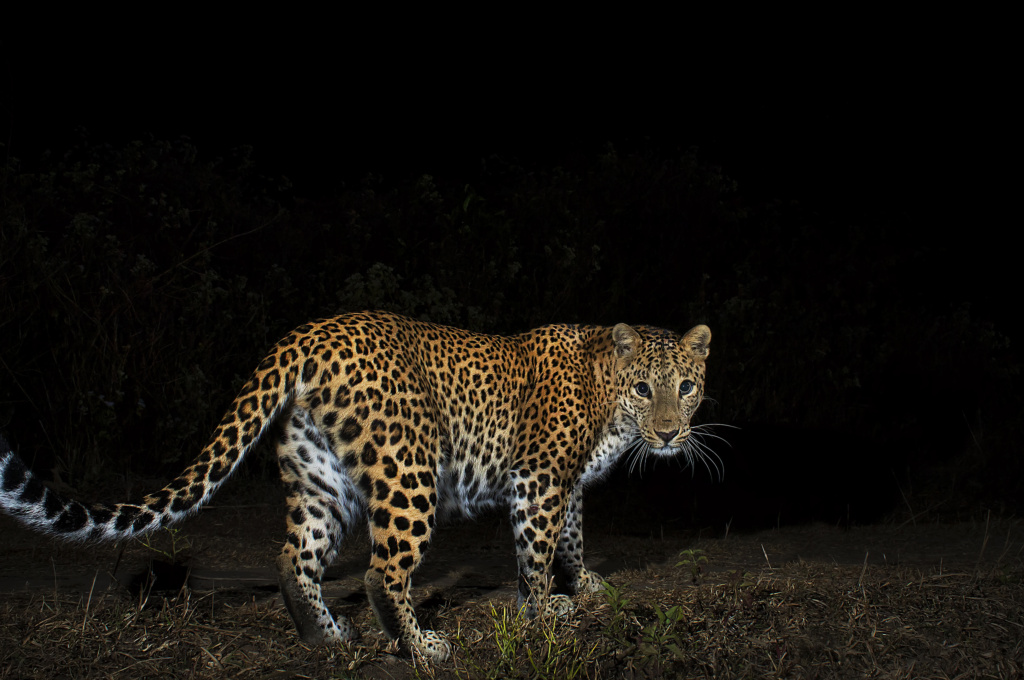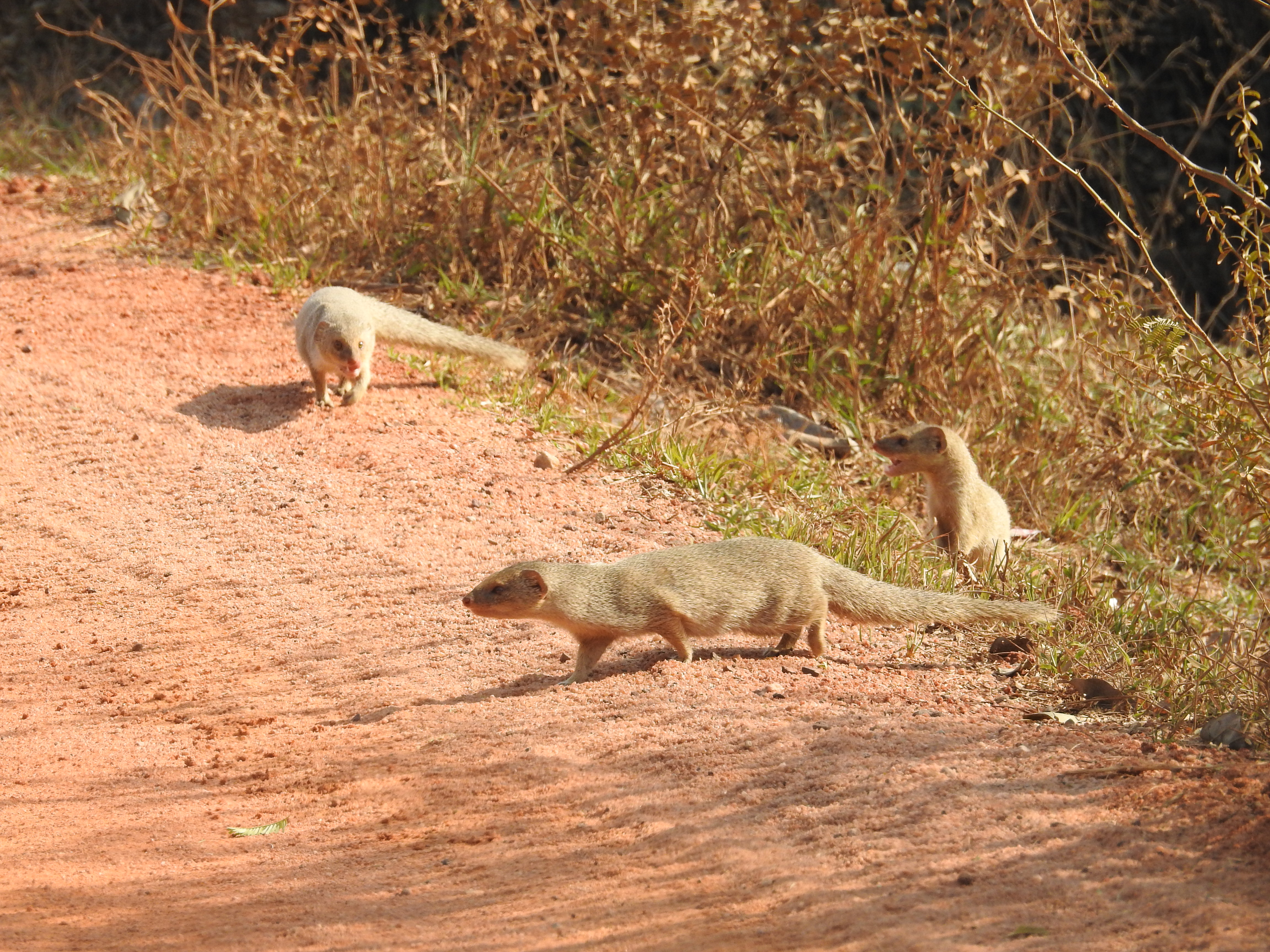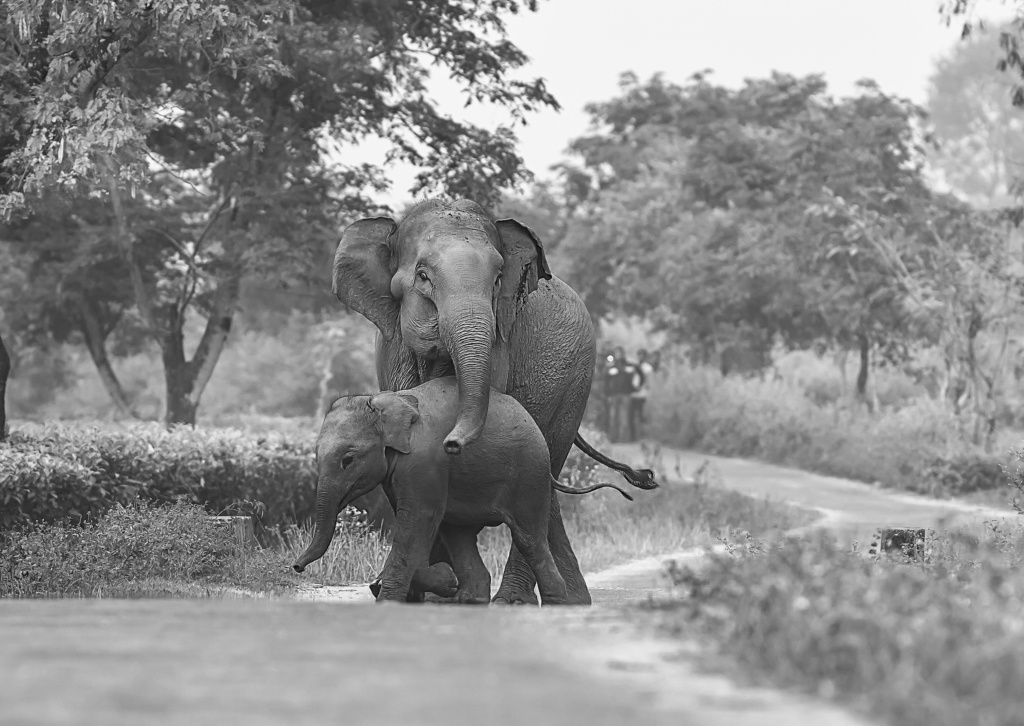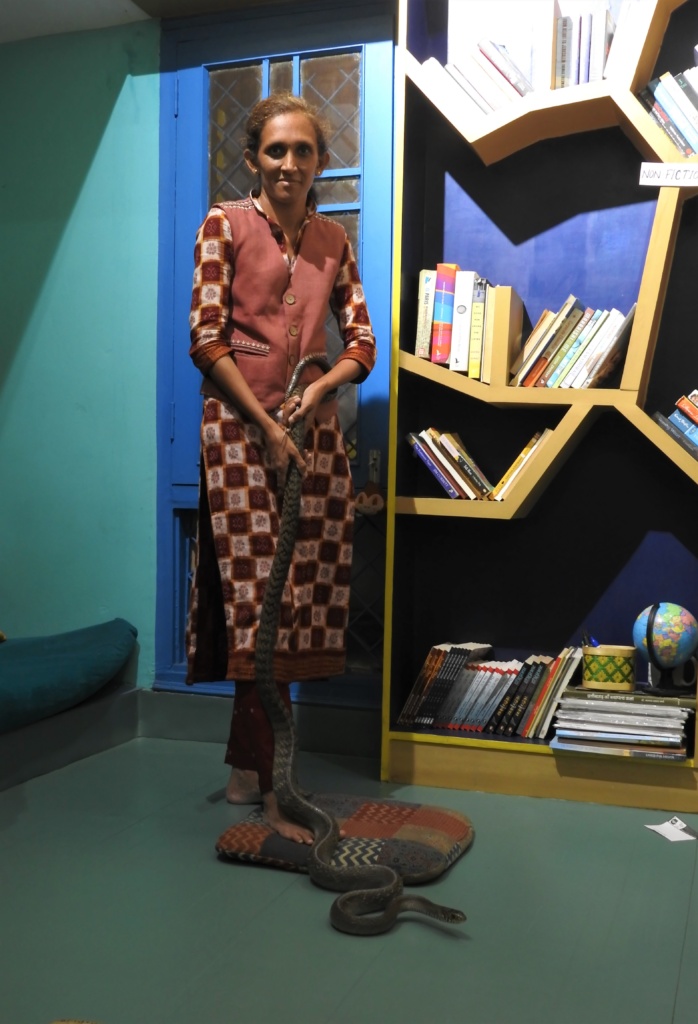In her first book, Neha Sinha reflects on the state of wildlife in India.

Photo credit: Avijan Saha
Wild and Wilful: Conservation biologist Neha Sinha on her new book, need for local solutions to tackle human-animal conflict
Sinha looks at diverse issues to paint an intriguing picture of the state of wildlife in India. And along the way, highlights the work of some unsung heroes that she has met over the years.
The sight of a wild animal evokes a feeling of awe and fascination, even though it may be a fleeting moment for some. But what happens when the same creature decides to share space with you? Or worse, you become a hindrance to its very existence, knowingly or unknowingly?
In her first book, Wild and Wilful, wildlife conservationist, Neha Sinha, tries to get to the bottom of these conflicting emotions, which have affected some of the most distinguished members of the animal kingdom seen in India. A few have survived what would have been a certain onslaught in the long term, yet others fight for their mere existence with each passing day.
“I always think about our place in this world. We believe that we are owners, instead of just a part of it. We tend to forget that we live in a society and not an economy, and that the natural world is very much outside our control,” Sinha says.
While growing up in Delhi, her first brush with animals came in her own backyard when she befriended a mongoose. Over time, she was enamoured by the secret universe of these creatures that lived around her — the nesting vulture outside her school, the house gecko on her wall and the ants she would rescue from the bird bowl in her garden. An early career in environment journalism gave her an idea of all that was wrong in the space, enough reason to switch lanes and pursue a degree in conservation biology. What remained a constant though was the desire to understand the lives of animals and raise issues on the kind of response and policies needed to tackle the human-animal conflict prevalent around us.

Photo credit: Neha Sinha
“Everything is a livelihood issue in our country. We are competing with animals every single day. Watermelons grown by the river may be in gharial territory, while a farm may routinely be invaded by boars or nilgais. It’s a unique challenge that we face,” she says.
The book opens with the mounting pressure on leopards, “an animal so wild that it is undesirable”. While the tigers and lions in the country have been accorded their share of respect and protection, the leopard — though it stirs excitement when it makes an appearance every now and then — is simply equated with a pest that must be either eradicated or relocated. Sinha highlights the irony when it comes to institutions that preach conservation, until the leopard decides to take a stroll on their own property and becomes an overnight threat. This, when all that the feline desires is to be invisible to the human presence. And when one considers how omnipresent they are, their casualty figures are hardly surprising.
“There’s a reason why I start my book with the story of a bleeding leopard. It’s a very adaptable cat, a ghost of sorts living near us that we see very often. People go deep inside forests to see a tiger, while leopards are beaten or burnt, a most horrible way to die. They are the face of human-wildlife conflict in India today,” Sinha says.
The contrast in attitudes is stark. Take for example the case of Avni the “man-eating tigress” in 2018. There were protest marches across the country when news emerged that she was to be put down. Leopards on the other hand usually meet a violent end, a mere footnote that is missed time and again.
Then, there are other creatures that draw mixed emotions — revered, while at the same time, dreaded for their existence in urban settings. The rhesus macaque monkey is fed on some days of the week for religious significance, while made to flee during most other times. Likewise, there is the cobra, a snake that “slithers so easily between hatred and devotion”, dreaded on one hand and worshipped on the other. Popular culture has even come up with fictionalised accounts that bring them in the realm of human beings, making for absorbing entertainment as in the case of King Kong or closer to home, the revenge-seeking Naagin. Truth is, there is simply no room for coexistence.

Photo credit: Avijan Saha
Things get far worse for the elephant that is respected just the same, whether dead or alive. But the scars on the body narrate a story of all that it has endured due to loss of habitat. The familiar paths that their ancestors had once tread are now encroached upon by farms and walls, golf courses and railways lines. Falling down pits and suffering electric shocks are for the lucky ones that get away; a fuming locomotive spares none.
“We worship them, yet don’t really understand them. These are creatures that live upto 70 years and remember everything including places of conflict. The sociology of elephants is similar to humans. These deep bonds mean that the entire herd is traumatised if something happens to one of their own. When I see them running like rats between fields today, I think we don’t deserve them,” Sinha says.
There is hope though when you look at the way in which the Great Indian Bustard has found a foster mother in the Rajasthan desert. Or how the Lotha tribe of Pangti, Nagaland, have taken the onus of protecting the Amur Falcon — one of the projects that Sinha was actively involved with. In Nagaon, Assam, there are experiments being conducted with “elephant meal zones” — a free lunch on offer which the pachyderms will certainly find hard to resist, while sparing other plantations that come their way.
The need of the hour is to find local solutions. Sinha mentions how a few coffee estates have started growing wildlife-friendly crops. Though the produce is sold at a premium, they cause no harm to animals that stroll into their property.
“We need to incentivise these kind of products and give it a distribution market and the network that it needs because they simply cannot do it by themselves. When you drink wine from a particular French vineyard or say Darjeeling tea, there’s a sense of pride in having acquired it from these places and not somewhere else. Similarly, I think it would be nice to have different crops with unique names being sold as wildlife friendly,” she says.
Through animals, Sinha also addresses other real issues such as the attitude towards women in parts of India. When Manjeet Kaur, the snake catcher from Chattisgarh, appears for a rescue, most look around for a man who she is likely to have accompanied. Once she gets down to business, they are often left dumbstruck at what they are witnessing. In Rajasthan, men think little of women in society, let alone their thoughts on the tiger and how it affects their lives.

Photo credit: Neha Sinha
These are experiences that Sinha has gathered during her time spent in the many conflict zones between man and beast. She looks at these diverse issues through different viewpoints to paint an intriguing picture of the state of wildlife in India. And along the way, highlights the work of some unsung heroes that she has met over the years.
A lifelong fan of Captain Planet, the eco-friendly cartoon warrior, Sinha believes that we are in a phase where there is a revival of the superhero age, the entire feeling of having some purpose and being a part of something that is bigger than you.
“Nature is mystifying and intoxicating for those who like it, but it’s very much a part of the real world. At this point, it’s very important for us to make some connections. The behaviour of some species is changing due to habitat destruction and the reasons are both political and economic. And it is important to keep linking these things,” she says.